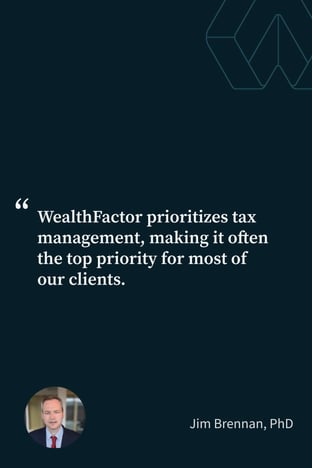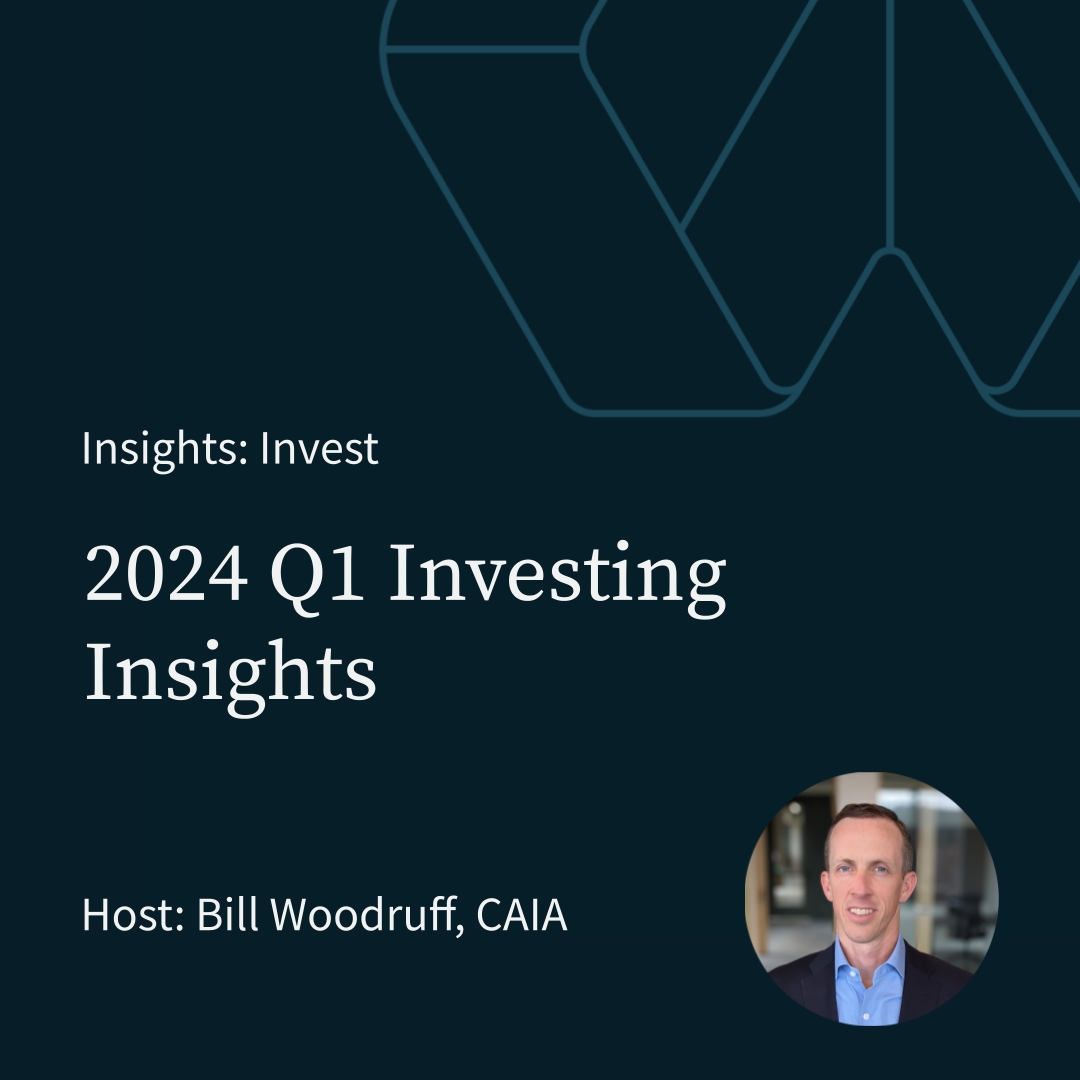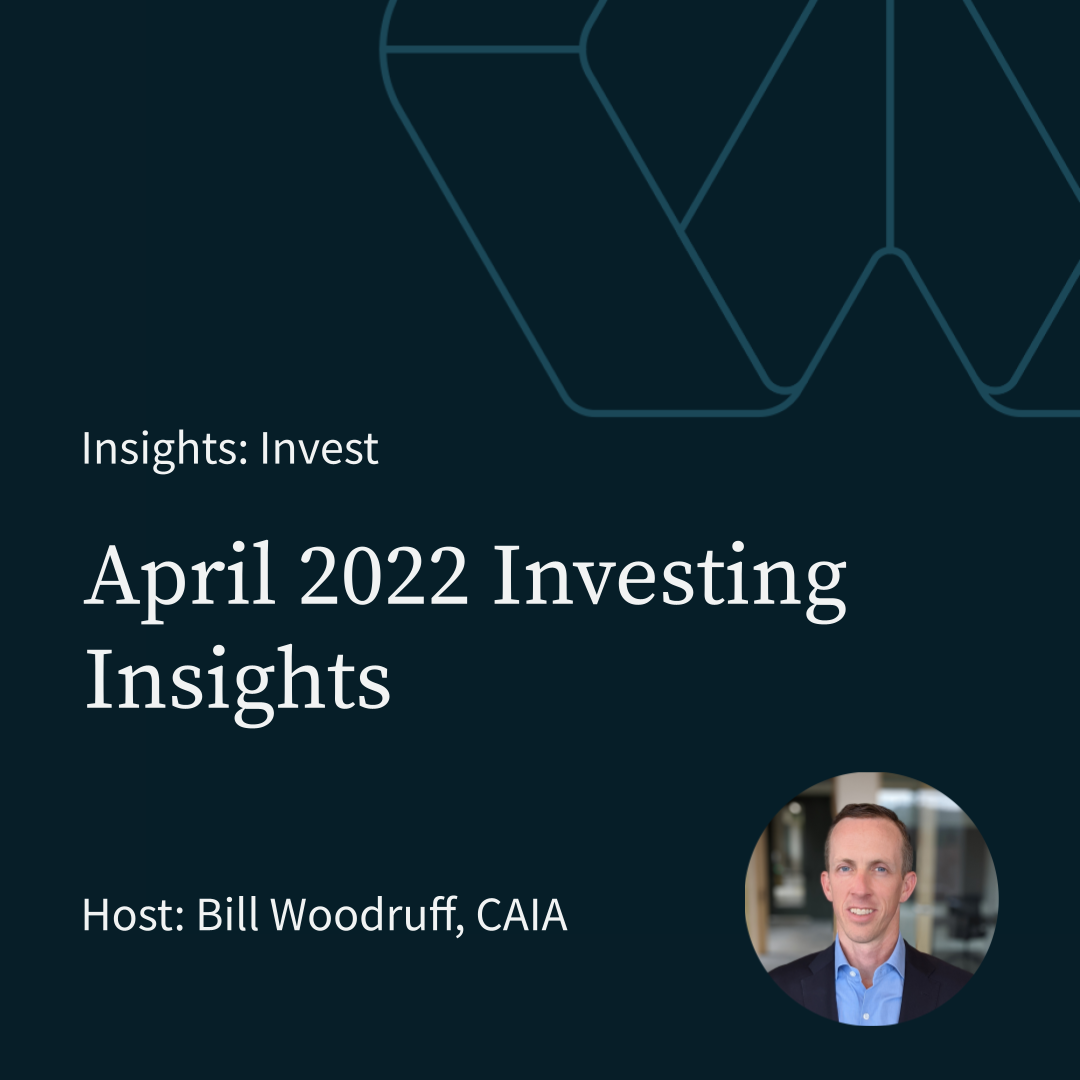Personalized Portfolio Tax Management
For far too many investors and their advisors, taxes are often an afterthought.
While in certain cases this may optimize for before-tax returns, investors don’t get to utilize their before-tax dollars.
We believe that designing a portfolio knowing that portfolio tax management will be utilized is perhaps the most valuable part of any investment plan. WealthFactor prioritizes tax management, making it often the top priority for most of our clients.
Let’s dig in and discuss not only asset location strategies that will prioritize tax management, but explore what tax management actually means and what you can expect from the process.
Asset Location Every investment plan should consider the potential benefits of a personalized asset location strategy. Asset location is when you look to optimize your after-tax performance by determining where to hold each security.
Every investment plan should consider the potential benefits of a personalized asset location strategy. Asset location is when you look to optimize your after-tax performance by determining where to hold each security.
Without asset location, an investor would hold each of its securities within its target pro-rata across the three possible account types: taxable (Joint/Individual/Trust), tax-deferred (IRAs/401ks), and tax exempt (Roth IRAs). An asset location strategy has the potential to deliver enhanced after-tax returns, without taking on additional risk. This, and diversification, are likely the only two ways in which investors have the opportunity to enjoy more return without more risk.
In simple terms, the goal is to place less tax-efficient assets in tax-favored accounts and tax-efficient assets in taxable accounts without making any adjustments to the aggregate level of risk.
However, to optimize for each individual's personal situation, it can get complicated quickly, as it is also important to factor in the potential for one type of investment to grow more quickly than others. For example, while stocks might be generally more tax efficient than investment grade corporate bonds, in scenarios where there is a low probability of need for distributions from a Roth IRA, over time it may be optimal to disproportionately weight the Roth IRA with stocks.
To optimize the asset location in a personalized investment plan the following should be considered.
-
- Tax Rate
- Time horizon for each account type
- Percentage of the aggregate portfolio in bonds
- Future expected large deposits or withdrawals
Note: IRAs can be converted to Roth IRAs. As the potential benefits of a conversion increase, there may be opportunities to put more volatile assets into IRAs knowing these assets might be strong candidates for Roth conversions should significant declines occur in those assets.
WealthFactor research shows asset location can increase returns by as much as 0.75% annualized on an after-tax, after-fee basis without increasing overall portfolio risk.(1) The precise amount of improved returns from optimal asset location depends on a number of factors personal to the investor, such as their income tax rates, target asset allocation and the relative sizes of their taxable, tax-deferred, and tax-exempt accounts.
What is Portfolio Tax Management?
Most investment services providers build model portfolios using funds such as ETFs or Mutual Funds. This outsourcing reduces the amount of time and resources the investment services provider will need to deliver its service, but it will reduce the opportunities they will have to deliver after-tax performance improvement.
When practical, at WealthFactor we avoid outsourcing the investing to fund companies and instead deploy our personalized indexing techniques. With personalized indexing, rather than investing our client’s accounts in funds, we purchase each individual stock.
Our research indicates that there is the potential for an up to 2% annualized after-tax,(2) after-fee improvement on returns when you retain control of your portfolio’s tax management at the individual security level versus using funds.
When you build a portfolio with individual stocks instead of funds you increase your ability to make personalized tax decisions in the following areas:
-
- Loss harvesting
- Gains avoidance
- Gains realization
- For those with a transition period before social security, pensions and RMDs kick in, they may have little to no taxable income. This creates a tax efficient window to intentionally realize capital gains.
Personalized portfolio tax management has potential benefits, especially for high-net-worth investors who are in high marginal tax brackets.
What can I expect from Portfolio Tax Management?
Most investment services providers build model portfolios using funds such as ETFs or Mutual Funds. This outsourcing reduces the amount of time and resources the investment services provider will need to deliver its service, but it will reduce the opportunities they will have to deliver after-tax performance improvement.

It’s common to focus on the loss harvesting when it comes to tax management. However, there are many variables that might impact where after-tax outperformance might come from. We can also expect that this might change over the course of time - here’s what we mean:
Stage 1: Building a personalized index
Using our proprietary optimization systems, we carefully consider existing assets to avoid realizing capital gains. Based on any legacy exposures, we build a new personalized index considering screens and tilts typically based on the Russell 1000 or Russell 3000. Using our systems we construct a portfolio of 75-350 stocks.
The higher the level of retained positions, screens, tilts or exclusions the greater we would expect the short-term performance to deviate from the original index.
Stage 2: The first few years
Both the direction of the market and the dispersion of performance across the markets play a major role in how much opportunity there is to realize tax losses.
Typically this is the most active and fruitful stage as any newly established positions have not yet had the time to appreciate. During this time it is generally easier to see and quantify the benefits from loss harvesting.
Stage 3: Appreciation
Over time as stocks that decline get sold, most if not all of the portfolio will be composed of positions with unrealized gains. This will lead to fewer opportunities to harvest losses.
At this point deferral becomes a tool to minimize tax. Just like with harvesting losses, to the extent that you avoid realizing gains and paying taxes, you increase the base amount of capital that continues to compound.
Additionally, in situations where sales must occur or ought to occur to keep the portfolio within its targets we utilize a lot-level realization that would avoid the positions and tax-lots with the largest gains in the portfolio.
Stage 4: Appreciated
Over the long-run there is a high probability that the majority of the remaining portfolio will have positions with material unrealized gains. Making money and paying tax later was the goal. A well crafted investment and wealth plan should consider this state of a portfolio.
-
- If income is important the investment plan may need to tilt to dividend paying stocks.
- If stock sales are required specific strategies can help to optimize:
- Gains minimization
- Gains realization during transition periods of lower levels of income
- Opt to realize substantial long-term capital gains in order to manage risk and increase the future anticipated correlation to the index and then start the cycle again.
- Gifting strategies such as the use of Charitable Remainder Trusts (CRTs).
- Hold through the transfer of those assets to the next generation through your estate.
It’s worth highlighting that these stages don’t always go in a straight line. For example, a large decline in broader equity markets could take a portfolio in stage 3 or 4 back to stage 2.
As a consequence of this market volatility and other factors personal to the investor, including offsettable income, state and local tax structure, and percentage of portfolio liquidated, the results from tax-loss harvesting can vary significantly in practice. WealthFactor research shows that active tax management may increase returns by as much as 1.36% annualized on an after-tax, after-fee basis. (3)
(1) See for example Putting a Value on Your Value: Quantifying Vanguard Advisor’s Alpha (Kinniry et al., 2019).
(2) Based on WealthFactor's research. Results are similar to recent research conducted by Parametric demonstrating the value of loss harvesting of this magnitude in backtesting scenarios for separately managed accounts. See Santodomingo and Subkoviak (2020).
(3) Paradise, Khang, and Dickson (2021) in a study for Vanguard estimate this level of return for tax-loss harvesting in volatile market scenarios for investors with sufficient offsetable income.
Conclusions:
While funds played a major role for efficient access to diversified portfolios, systems and technology are quickly rendering them unnecessary and obsolete. |
Active tax management may be the single more important way in which an investment service provider can add value, and investors should expect personalized tax optimizations from their investment services provider.Ready to learn more?Connect with an Expert by scheduling a time.
|












